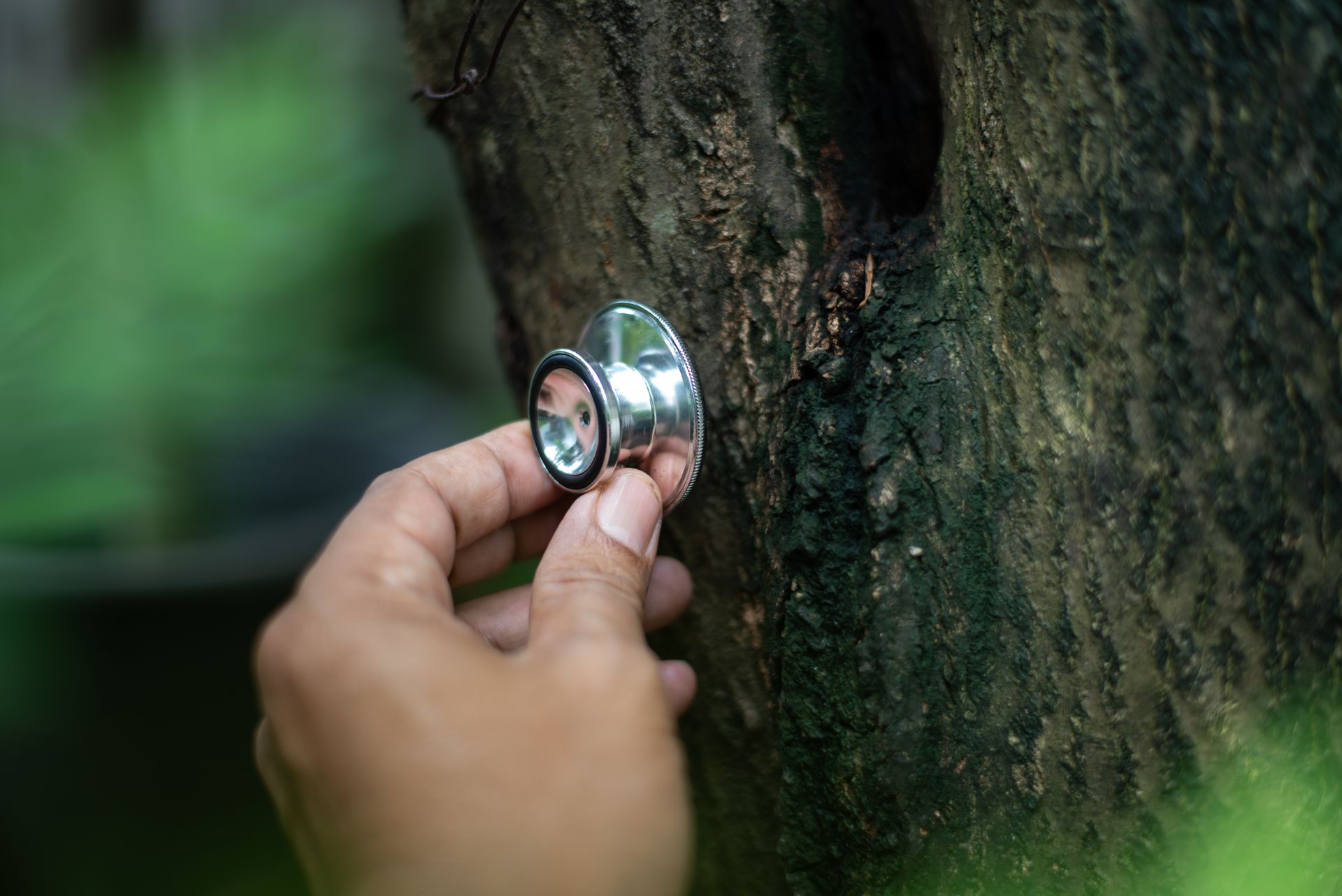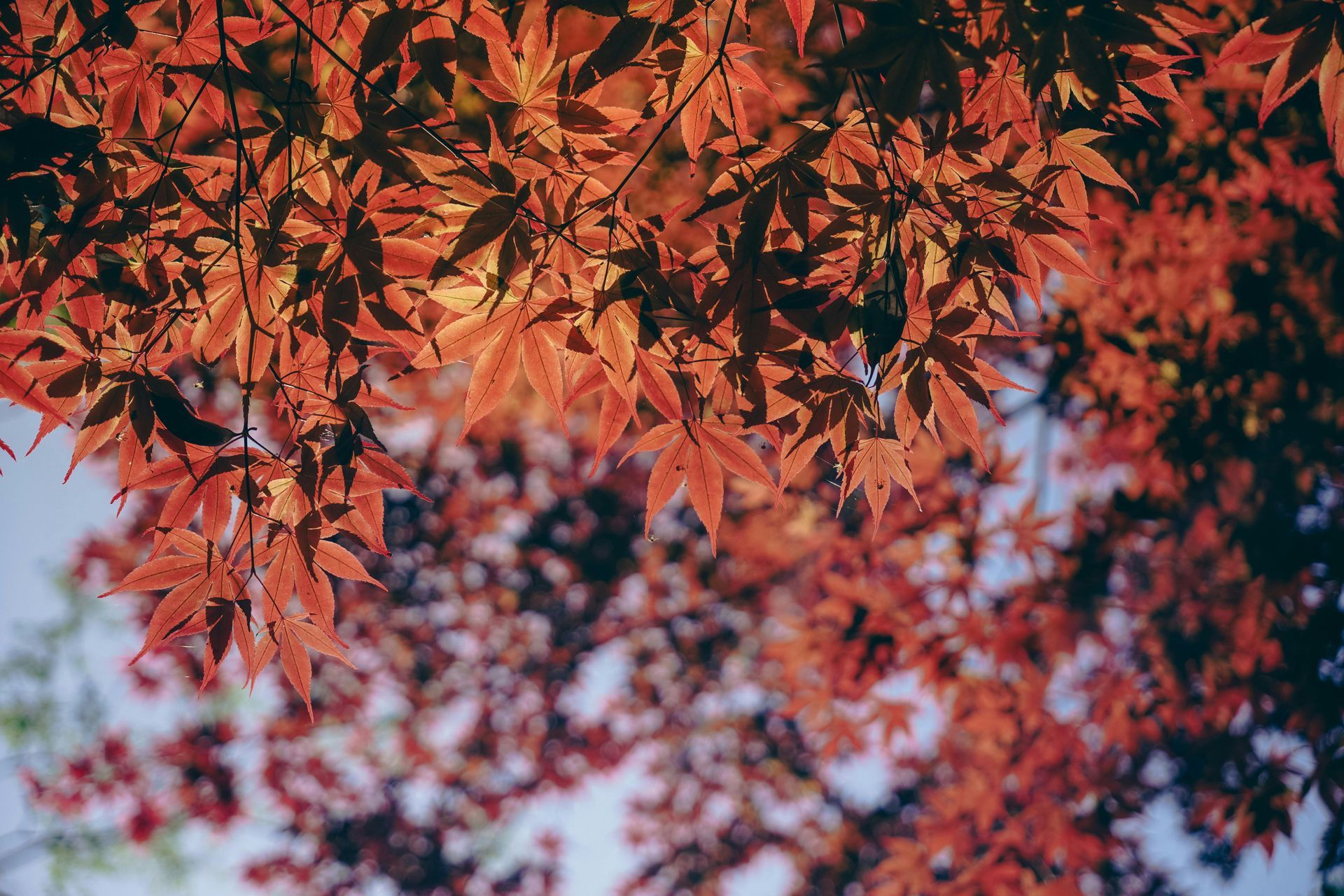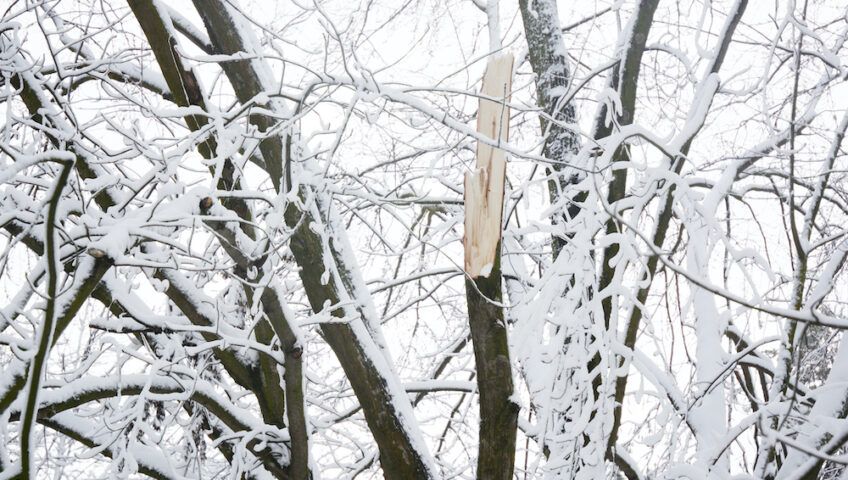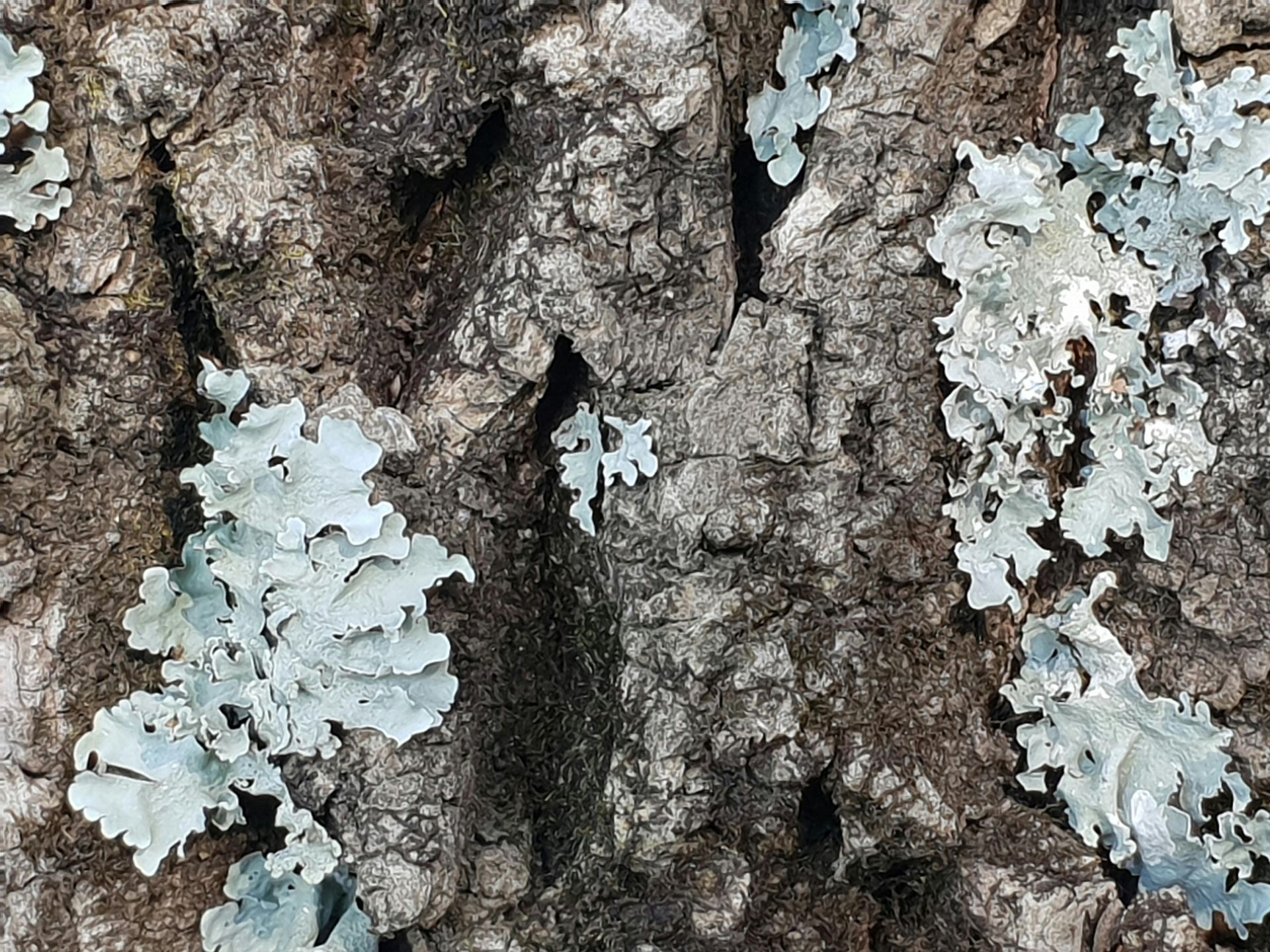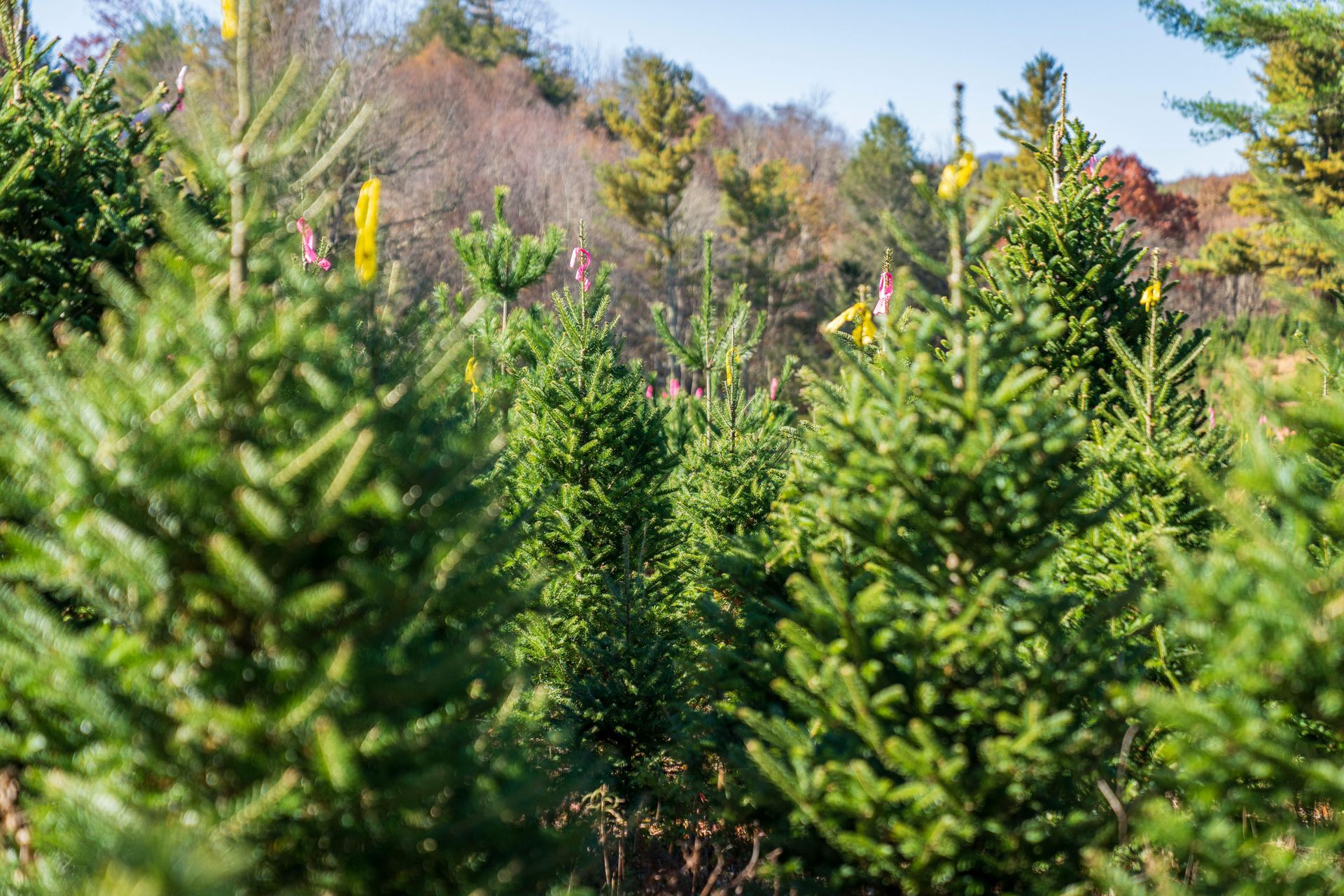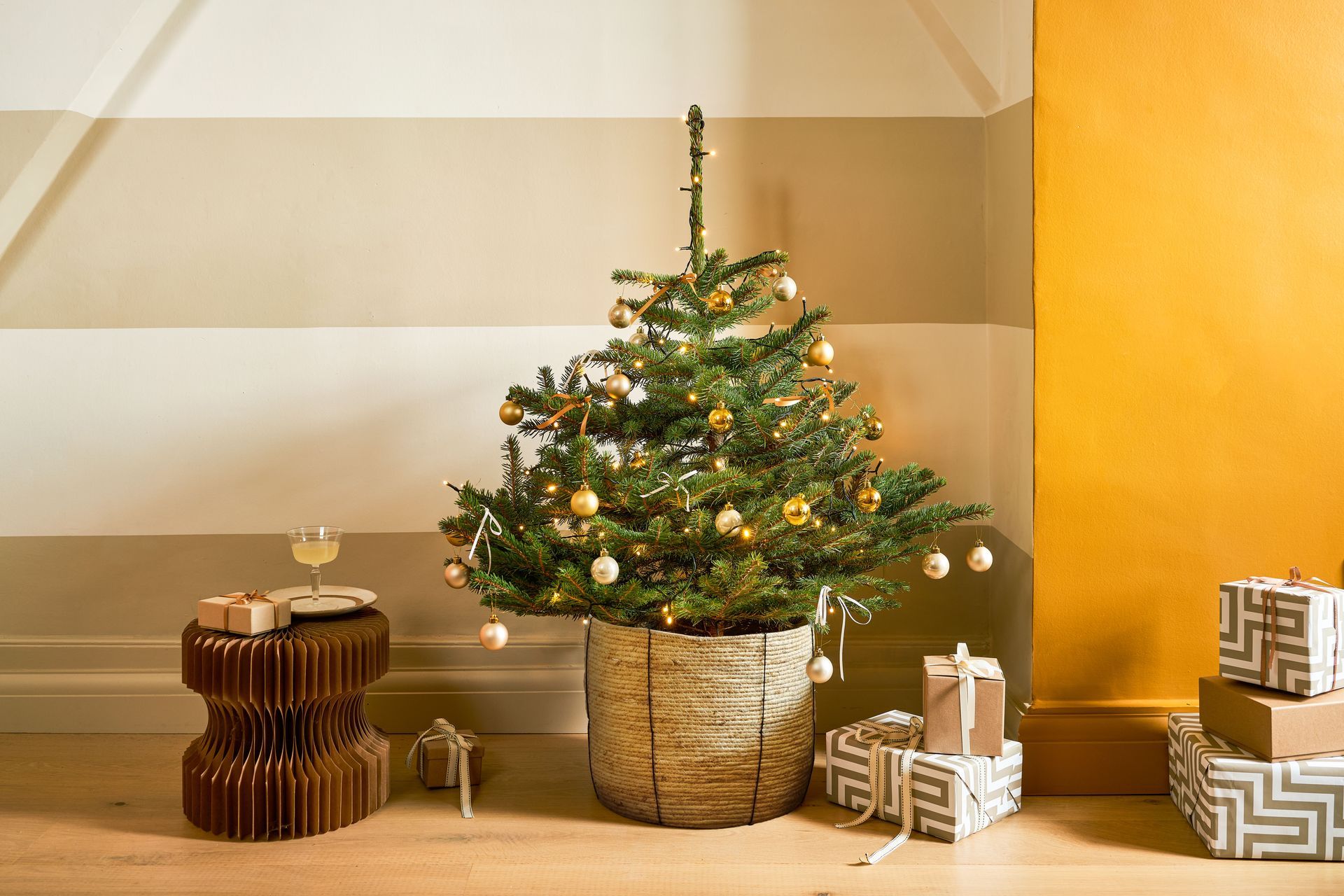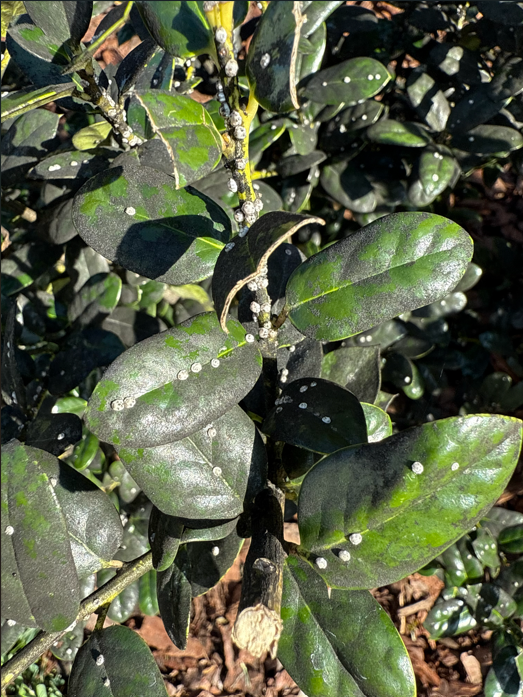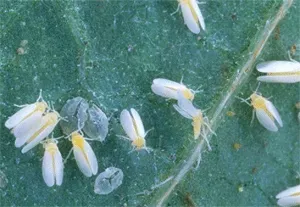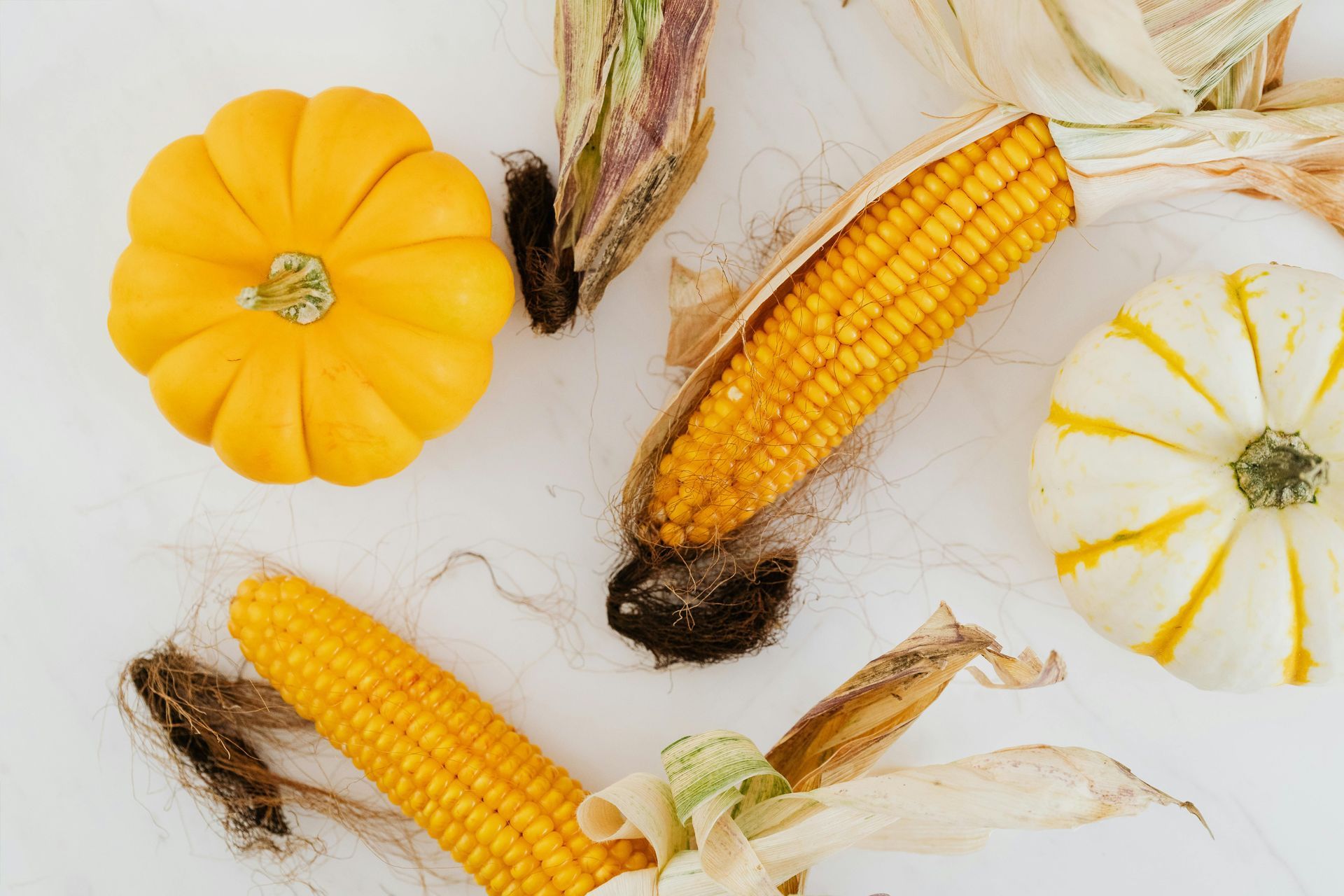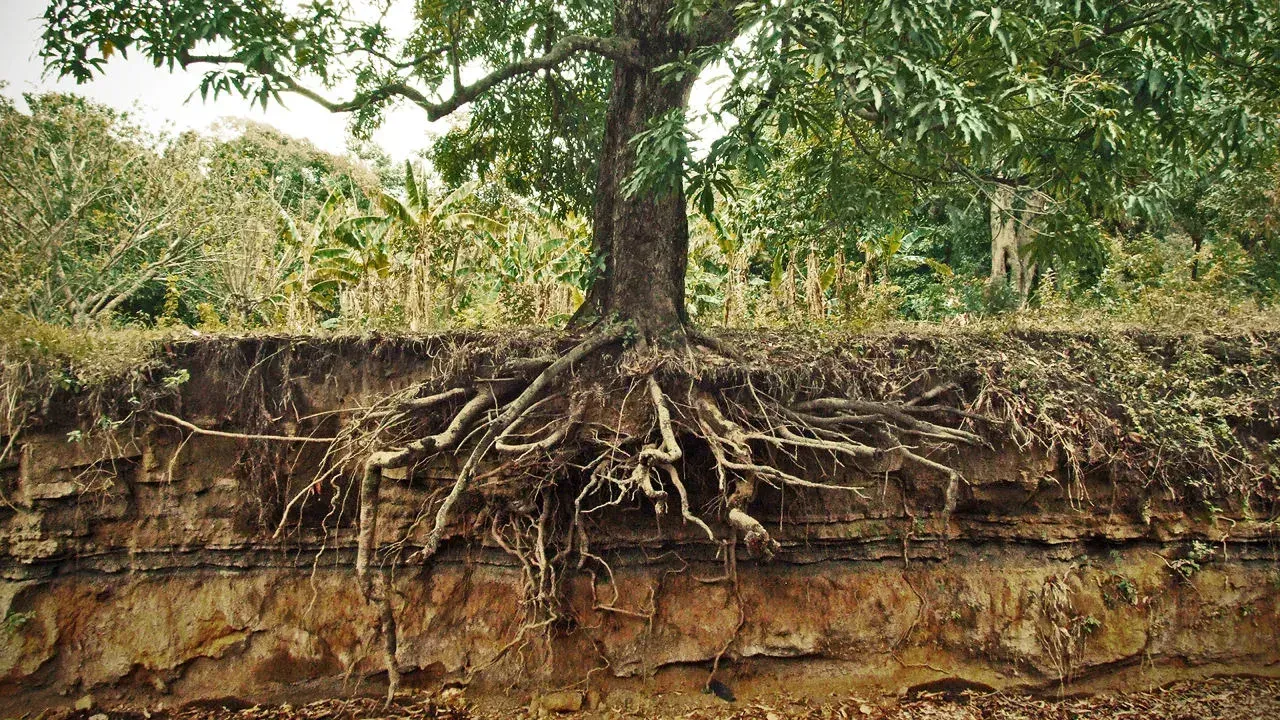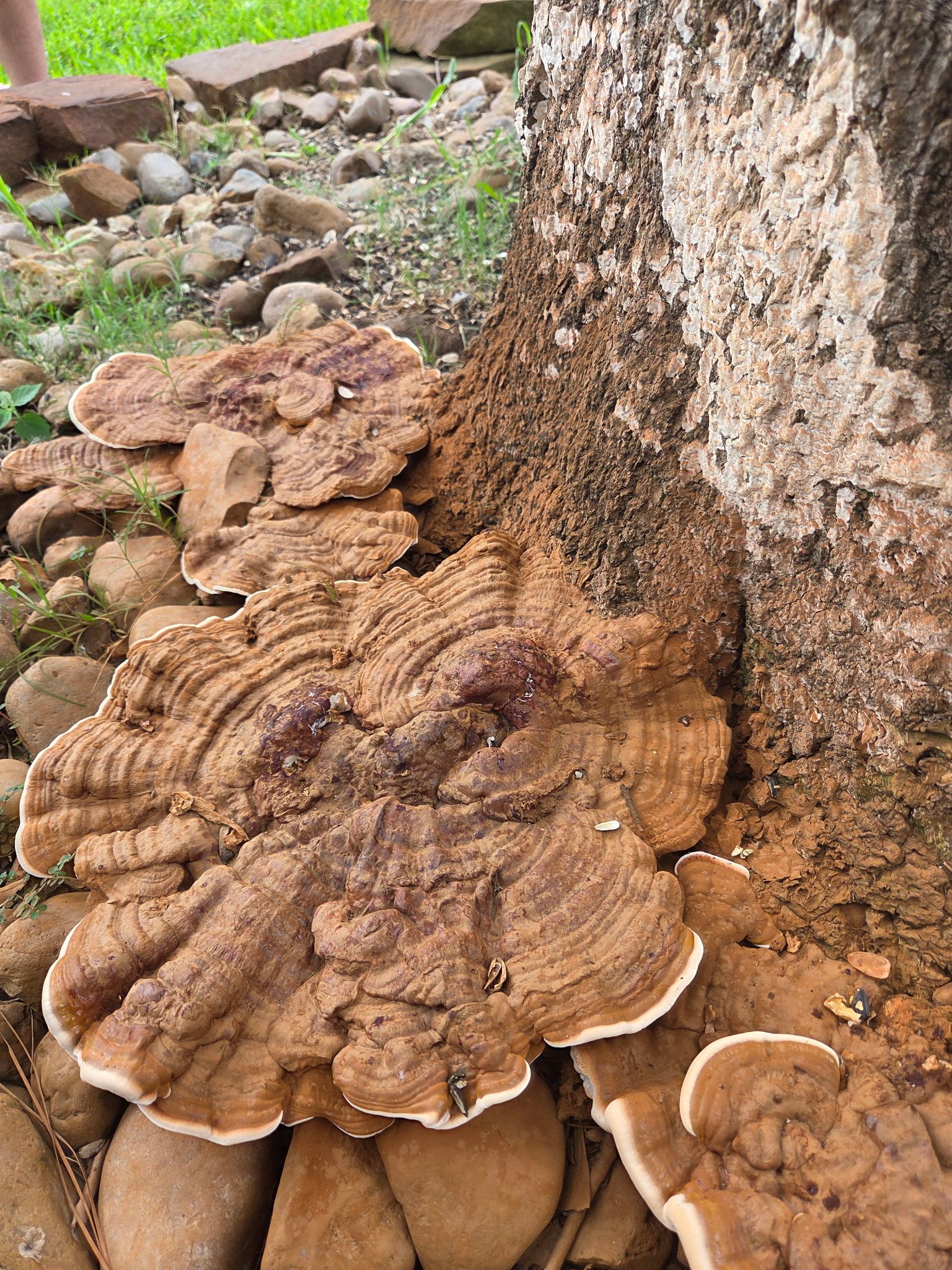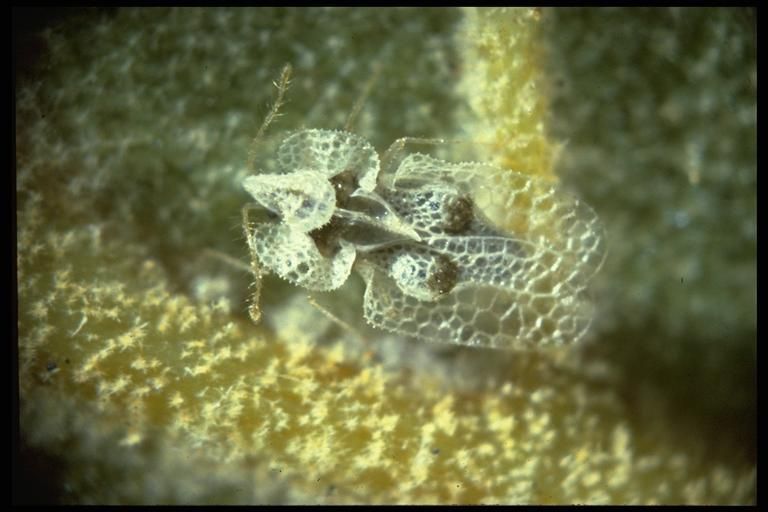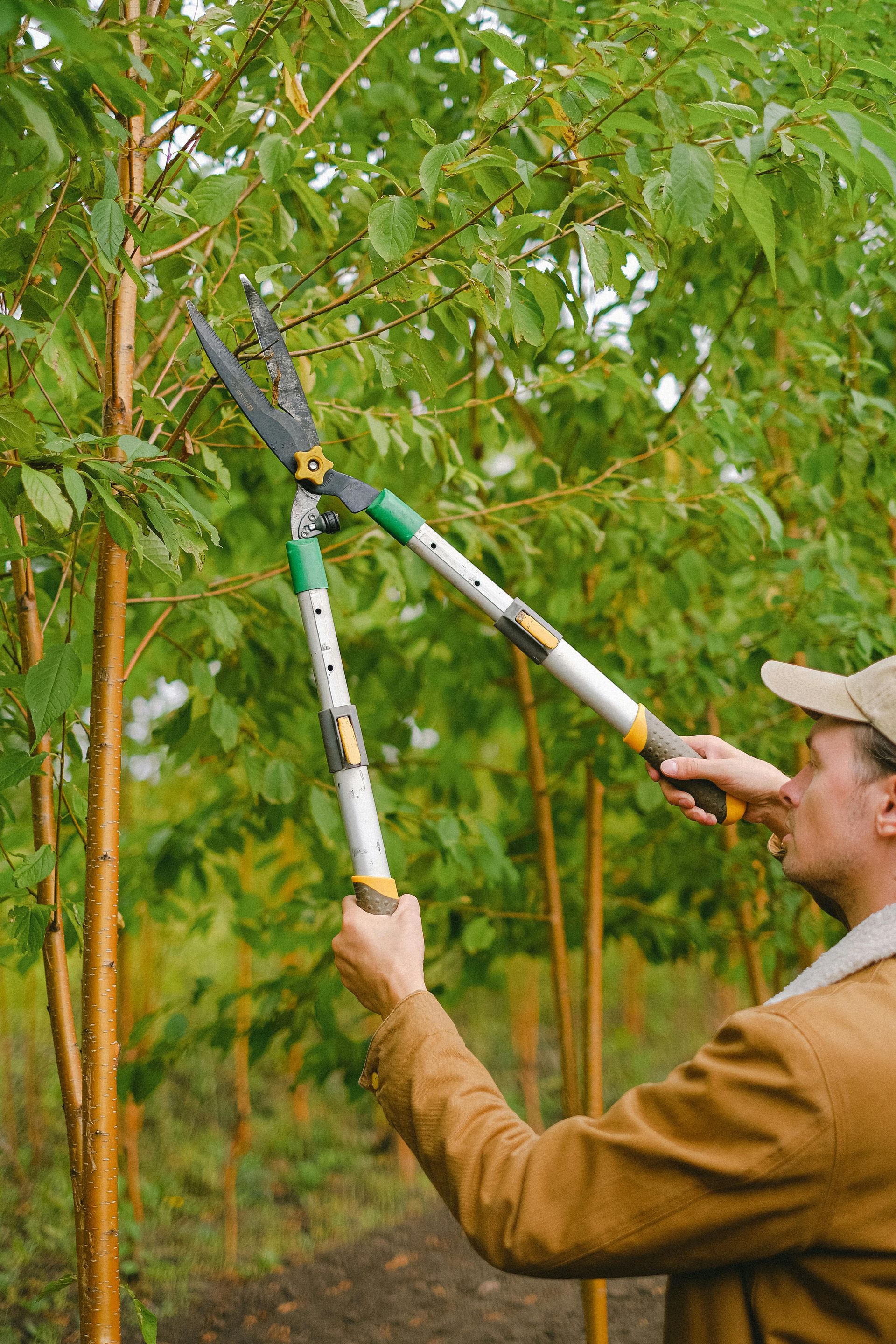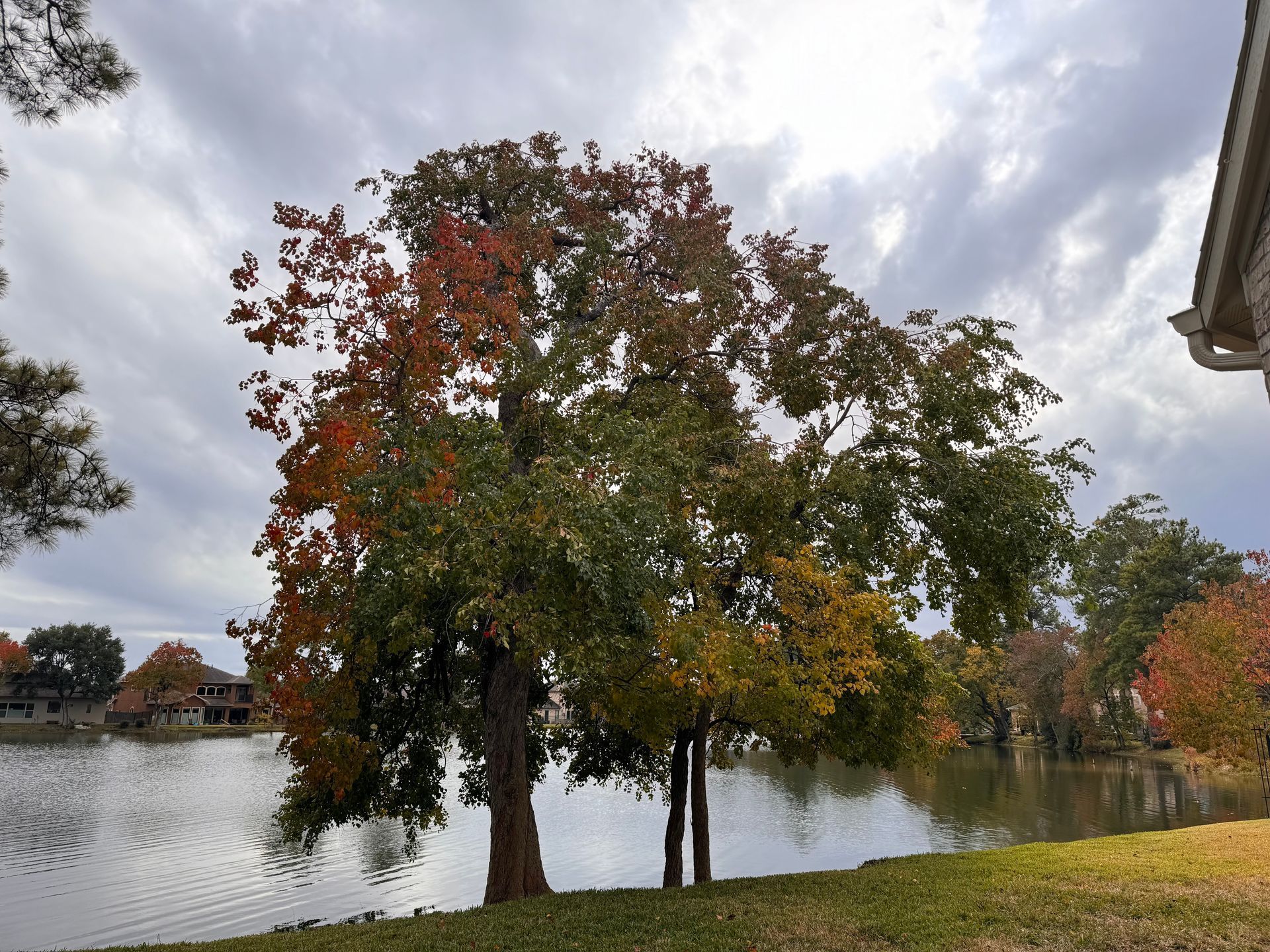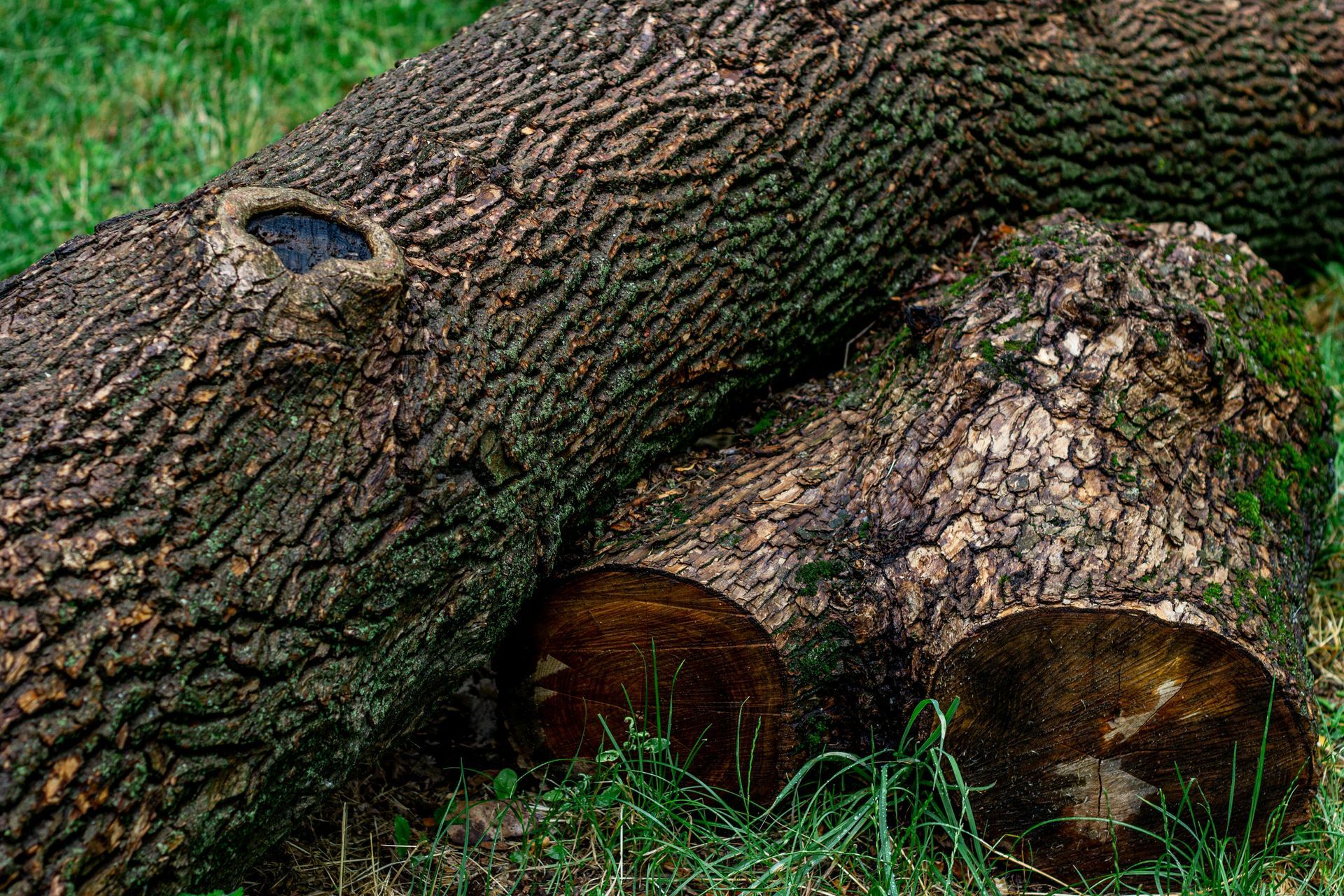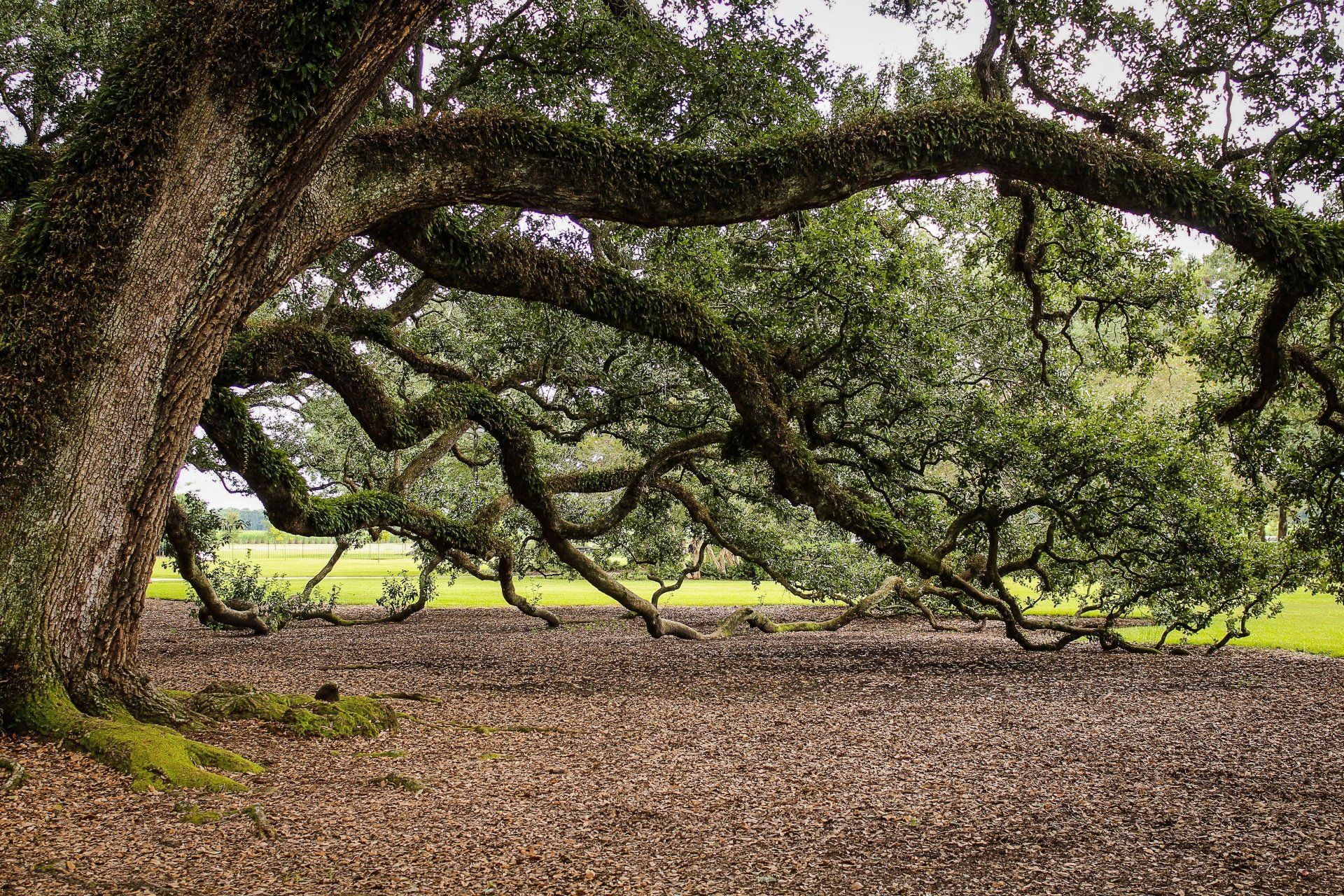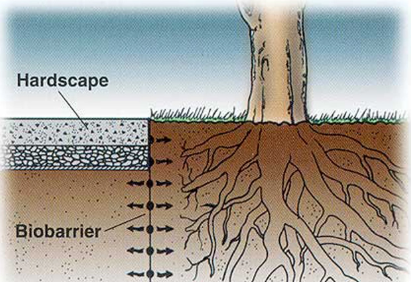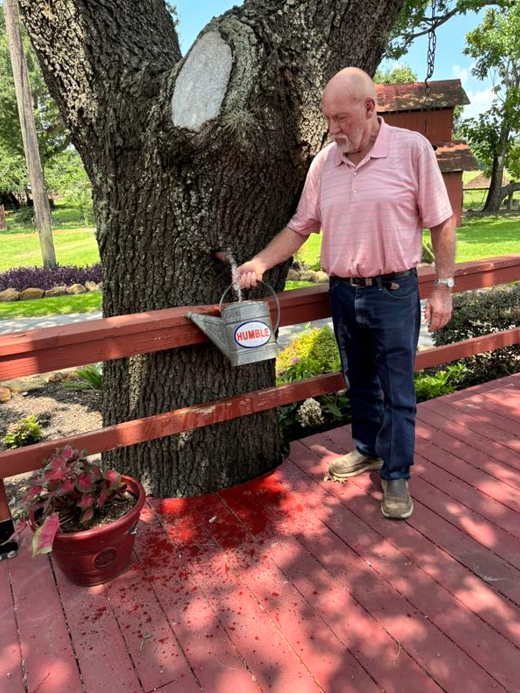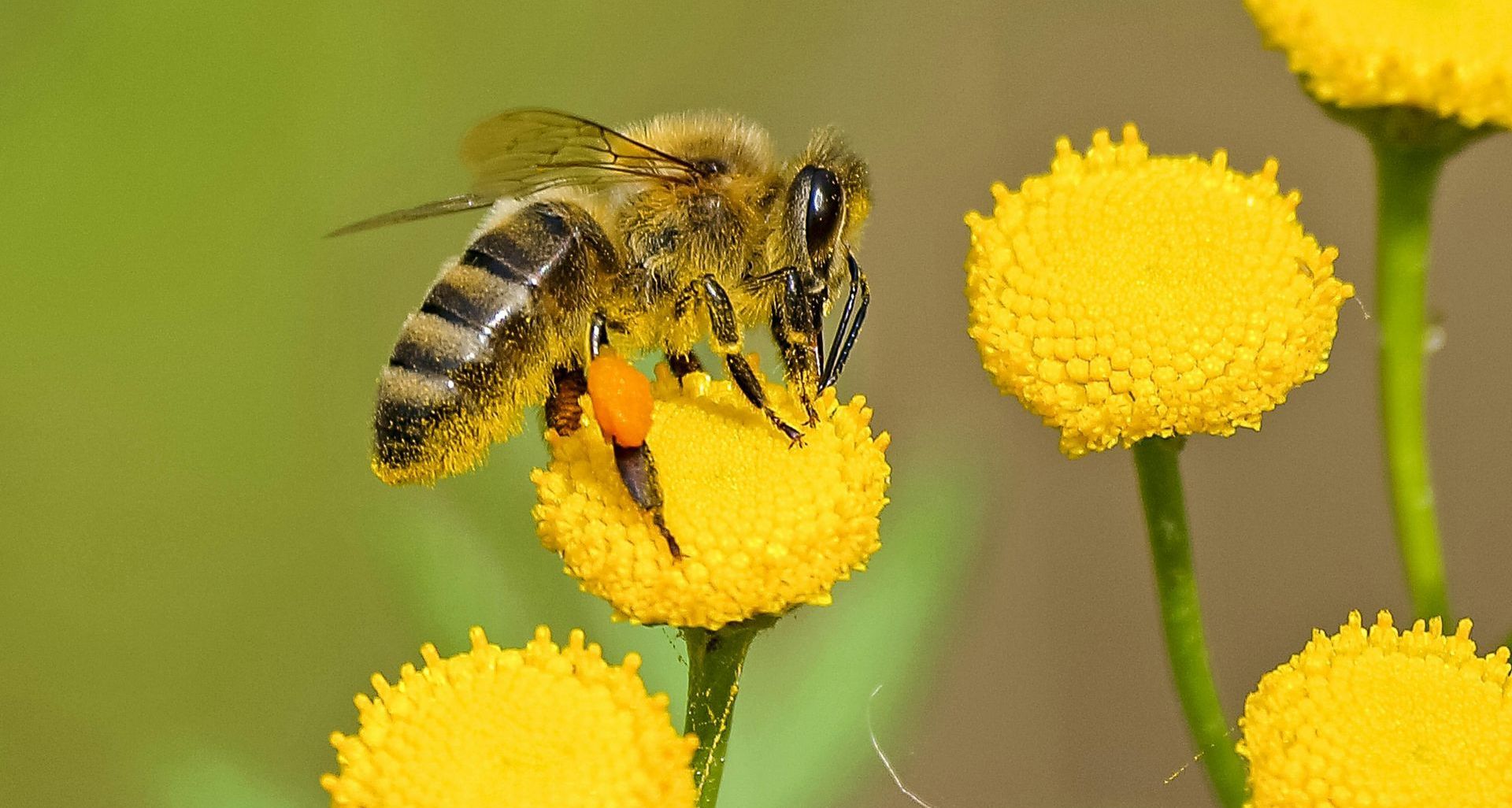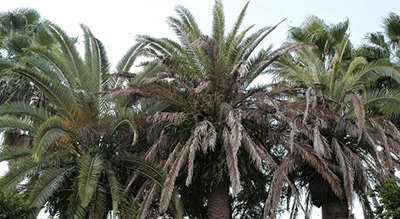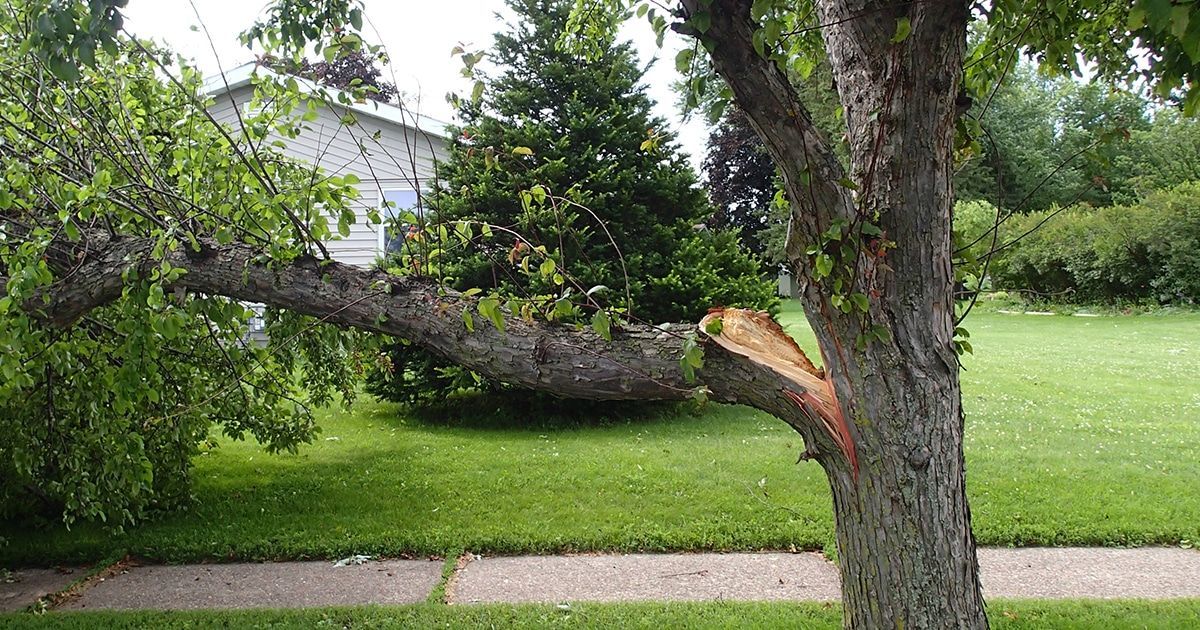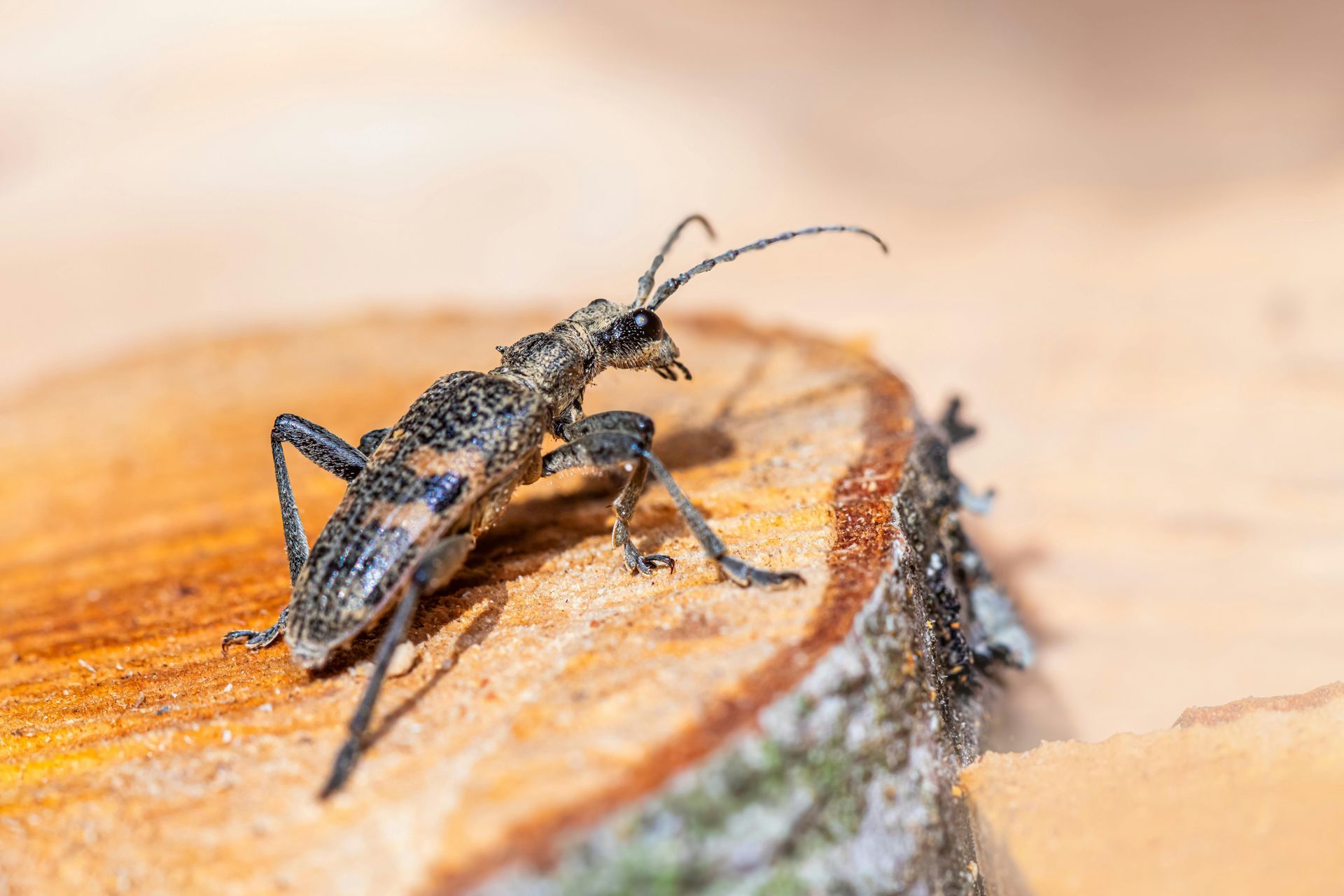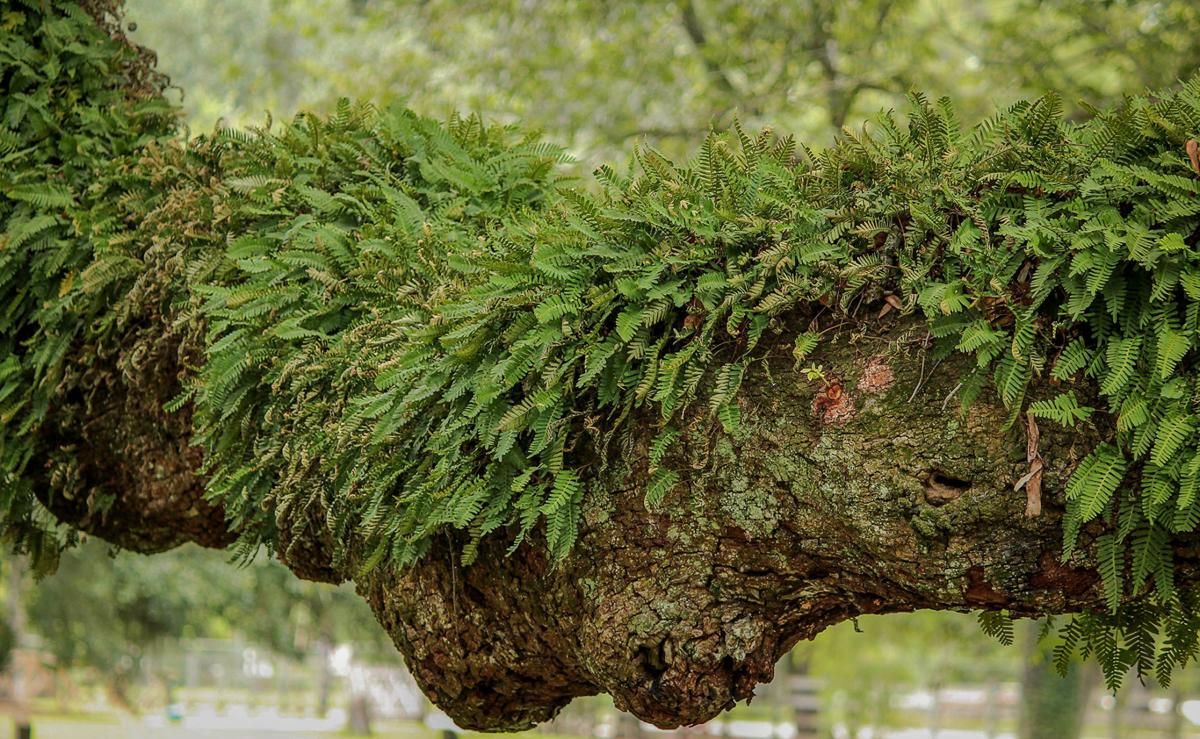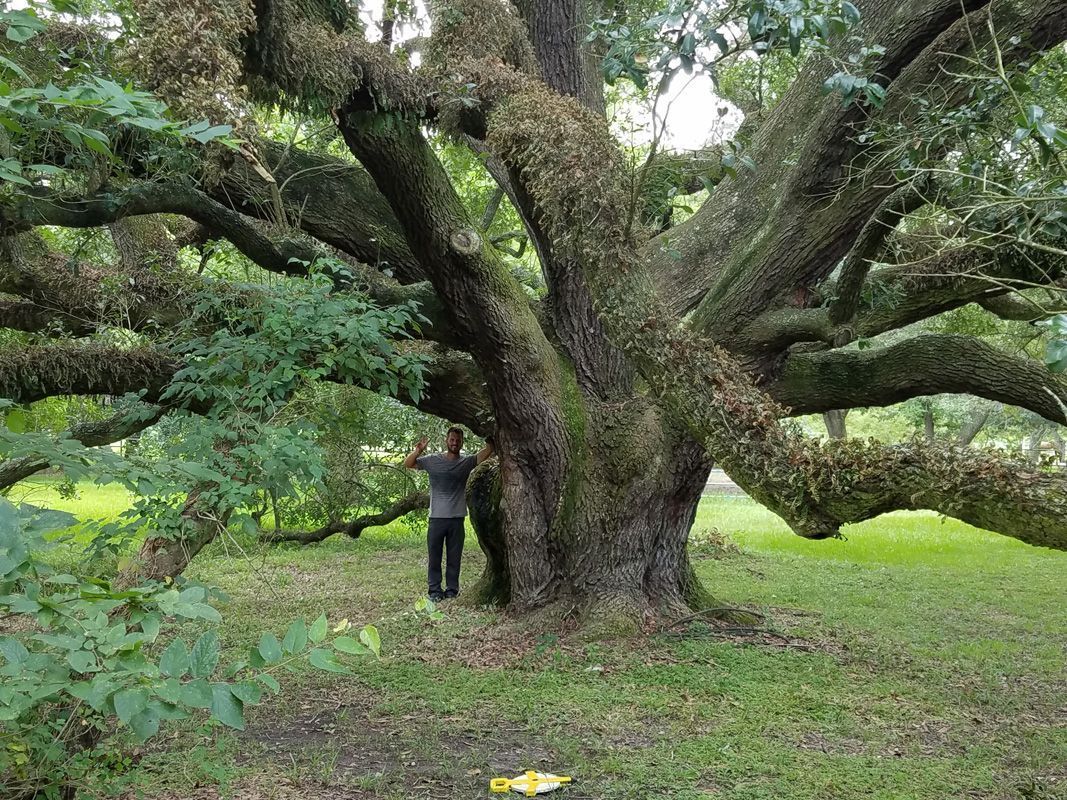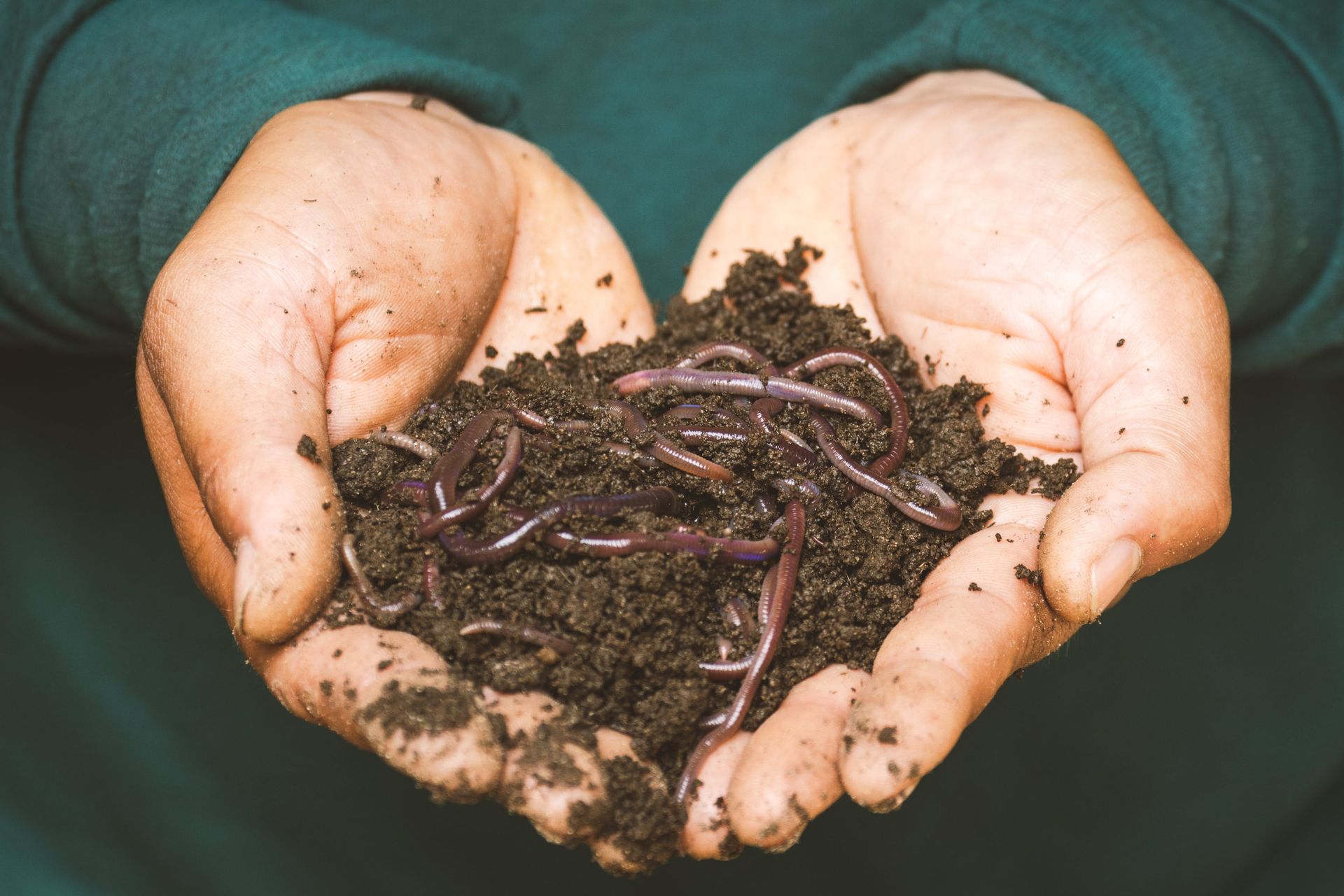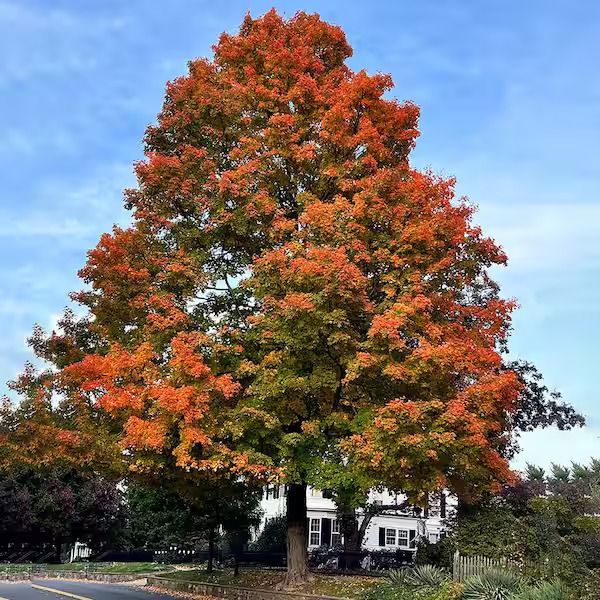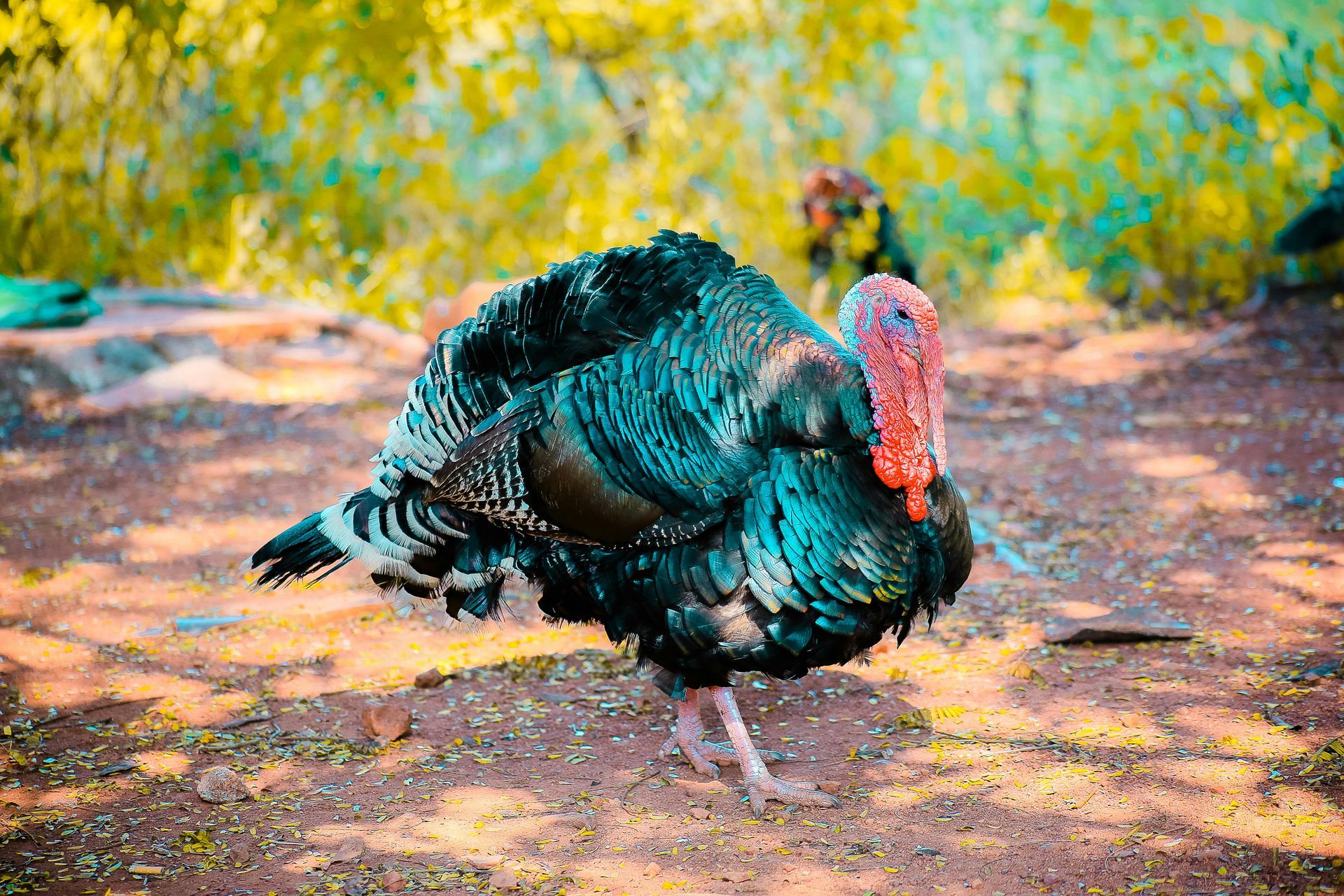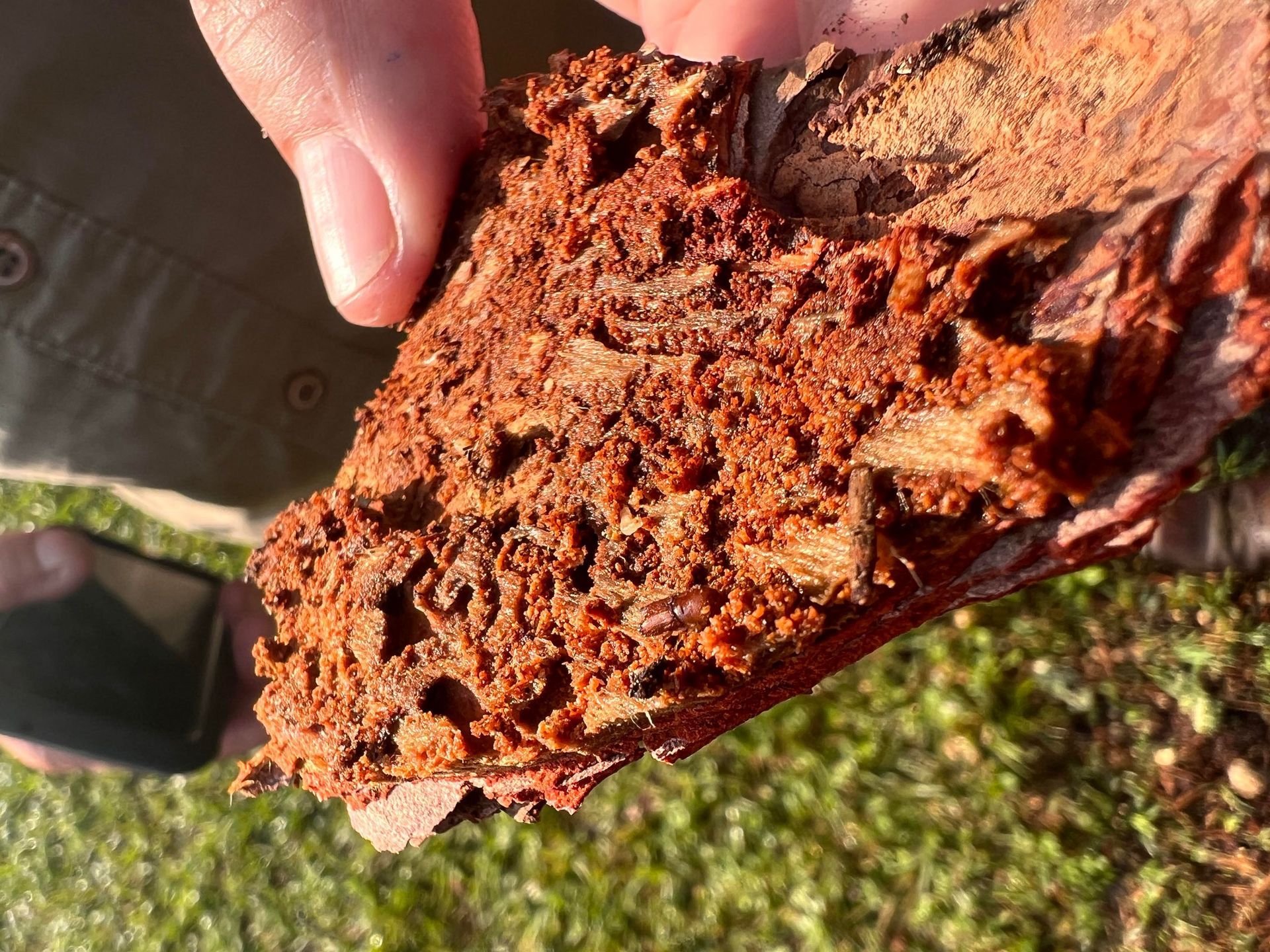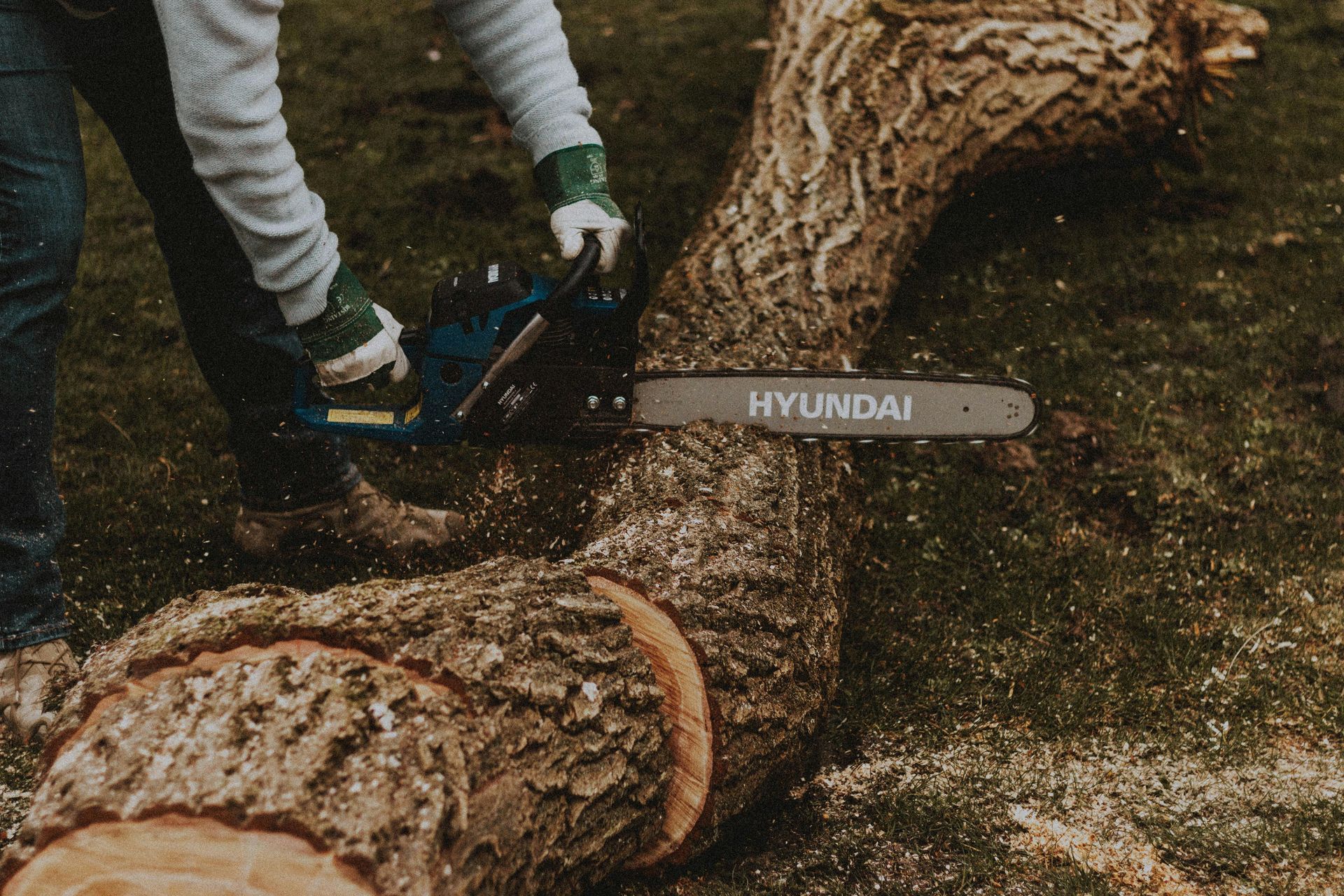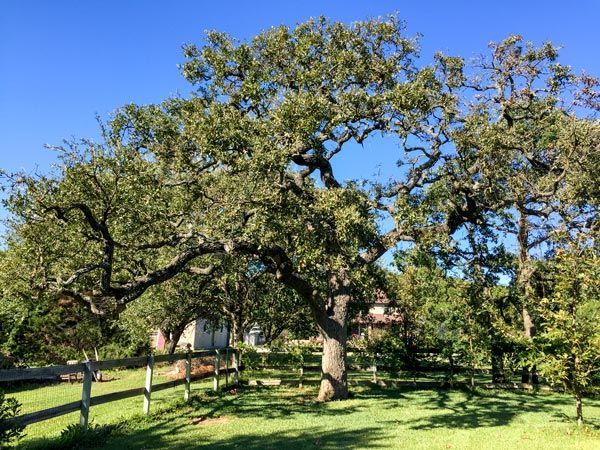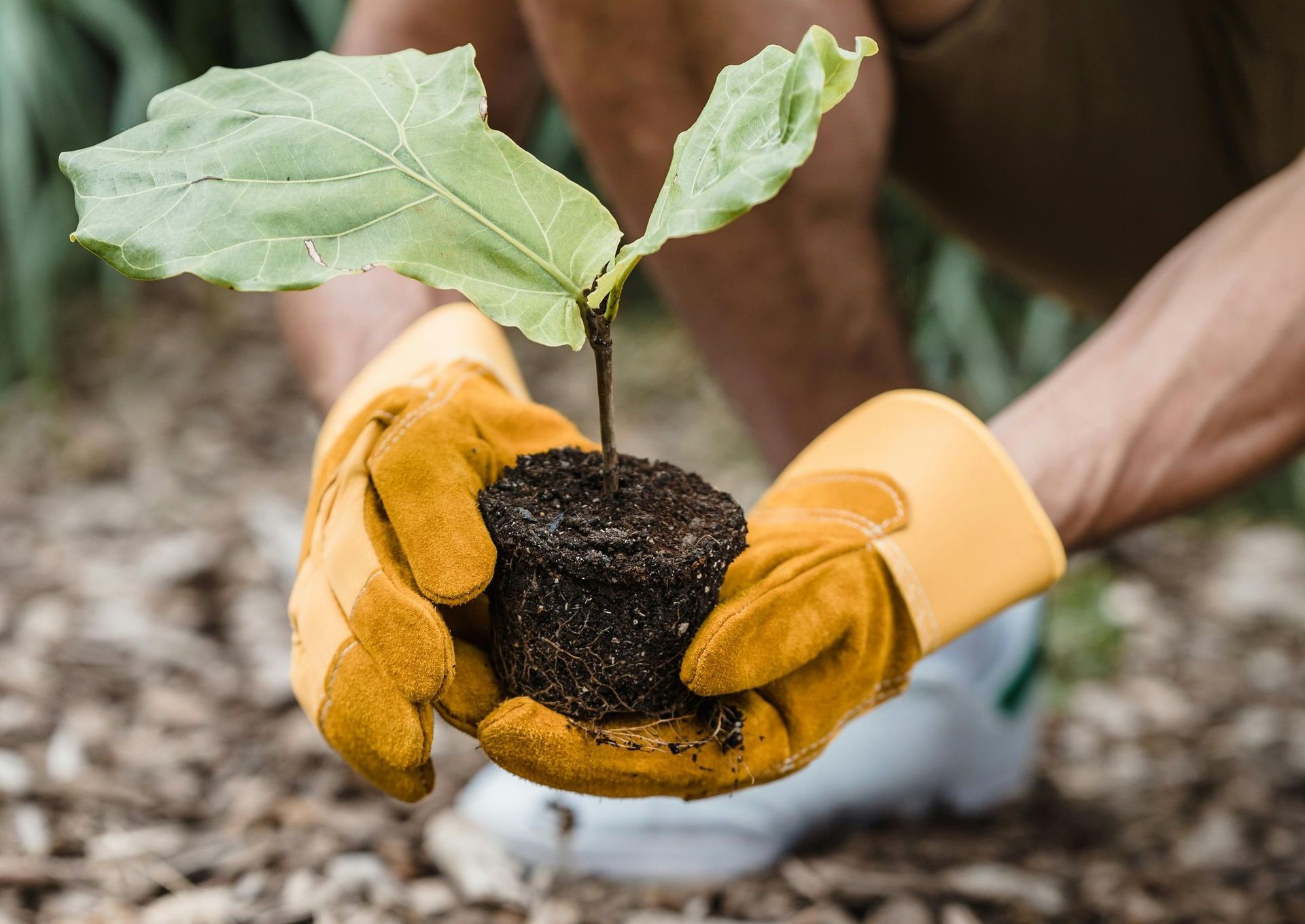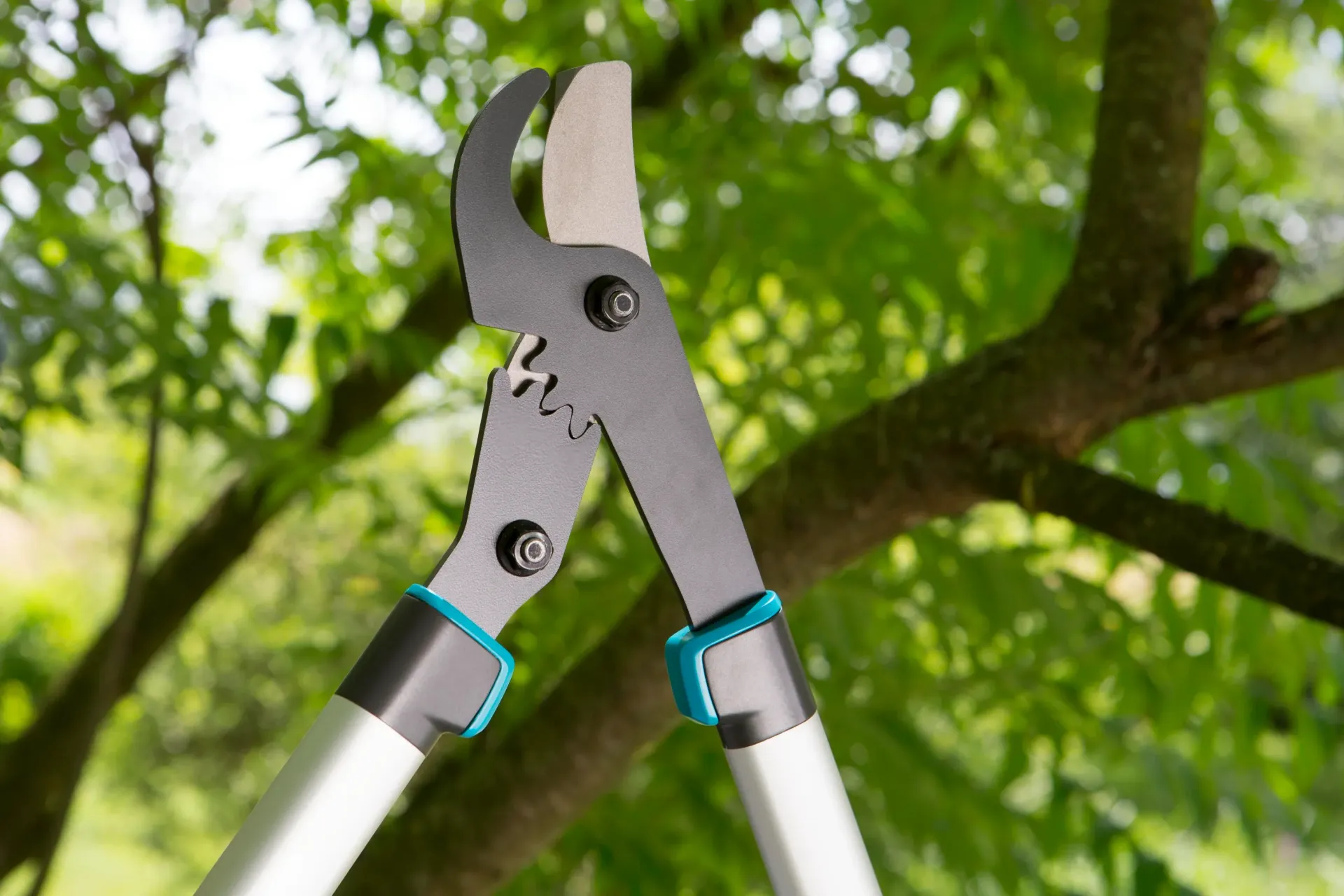Liriope’s Muse: Tree Care Tips from a Master Arborist
TRUSTED TREE CARE SERVICES SINCE 1970
Liriopes Muse: Knowing the difference between a tropic lean and falling tree
Trees are remarkable organisms that continually adapt to their environment. Among the many fascinating behaviors they exhibit, tropic leaning and mechanical leaning are often misunderstood. As an arborist, it's essential to understand these differences to provide proper care and ensure the longevity and safety of trees.
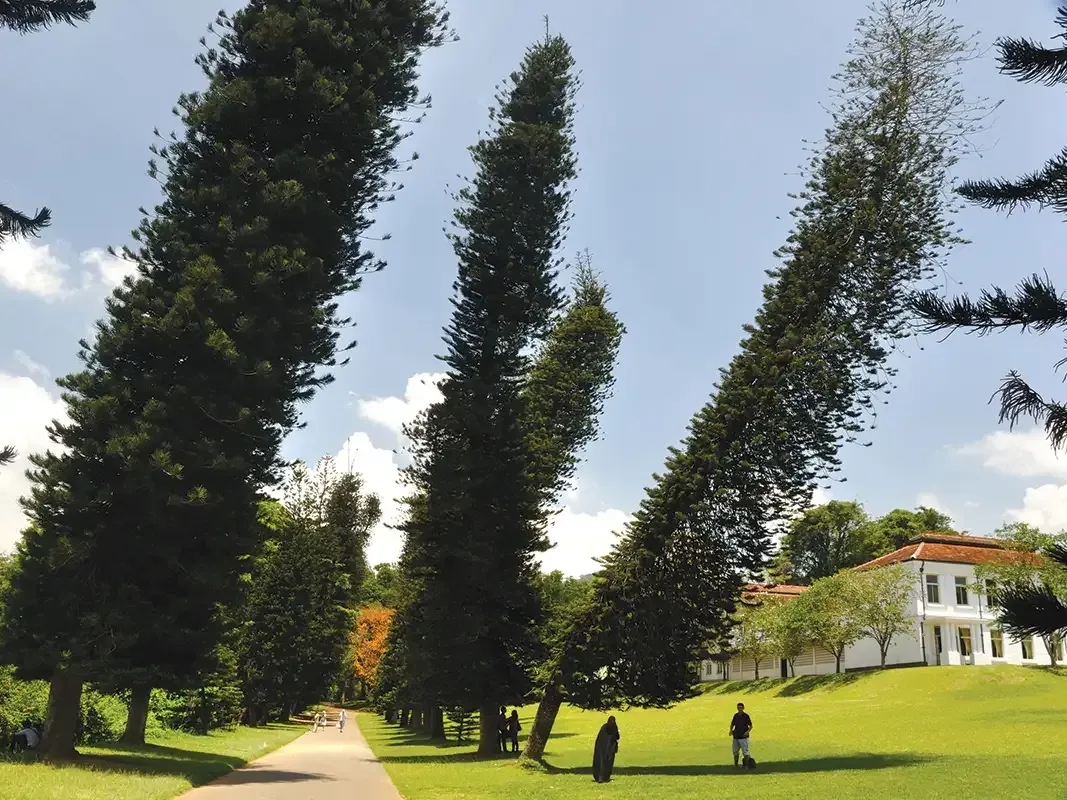
Tropic Leaning Trees
Definition and Causes: Tropic leaning, also known as phototropism, is the growth response of a tree toward or away from light. Trees have a natural tendency to grow towards light sources, which is crucial for photosynthesis. In forests or densely populated areas, trees often compete for sunlight. This competition can cause trees to lean toward available light to maximize their energy intake.
Characteristics:
- Gradual Curve: Tropic leaning trees often display a gradual curvature in their trunk as they grow toward the light. This curvature is typically uniform and smooth.
- Healthy Structure: Despite the lean, the overall structure of the tree remains healthy. The roots are well-anchored, and the trunk does not exhibit signs of stress or damage.
- Adaptive Growth: Branches and leaves on the shaded side of the tree will grow more vigorously to balance the tree’s exposure to light, resulting in an asymmetrical but healthy canopy.
Examples:
- Trees on the edge of a forest may lean outward to capture more sunlight.
- Urban trees growing next to tall buildings might lean away from the shadow cast by the structures.
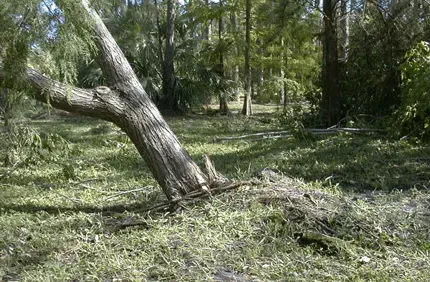
Mechanically Leaning Trees
Definition and Causes: A mechanically leaning tree, on the other hand, is one that has developed a lean due to external physical forces. These forces can include wind, soil erosion, root damage, or improper planting. Unlike tropic leaning, mechanical leaning can pose significant risks to the tree’s stability, health, and the homes/properties .
Characteristics:
- Sharp Angle: Mechanical leaning often results in a sharper angle at the base of the tree. The lean can be sudden and pronounced, indicating a shift in the tree’s balance.
- Root Issues: There may be visible signs of root damage or upheaval on the side opposite to the lean. This can include exposed roots, soil displacement, or cracks in the ground.
- Stress Indicators: Trees under mechanical stress may exhibit cracked or split trunks, reduced foliage, and dieback of branches. These signs indicate the tree is struggling to support its weight.
Examples:
- Trees subjected to strong, persistent winds may develop a lean over time.
- Improperly planted trees that have not established a strong root system can tilt as they grow.
Identifying and Addressing Leaning Trees
Inspection: To determine whether a tree is tropically or mechanically leaning, start with a thorough inspection. Look at the base of the tree for signs of root disturbance or soil displacement. Examine the trunk for any cracks, splits, or abnormal growth patterns. Assess the overall health of the tree, including leaf density and branch structure.
Characteristics of Structurally Leaning Trees:
- Sudden Lean: The lean may develop suddenly, often after a storm, heavy winds, or other disturbances.
- Uneven Growth: The lean may not be uniform; it could be more pronounced in certain parts of the tree.
- Compromised Root System: Roots may be partially exposed, damaged, or show signs of decay, indicating that they are no longer providing adequate support.
- Stress Indicators: The tree may exhibit signs of stress such as wilting leaves, sparse foliage, or dead branches.
Assessing the Lean
To determine whether a tree’s lean is due to natural tropic leaning or structural issues, consider the following steps:
- Observe the Growth Pattern: A gradual, uniform lean towards a light source typically indicates phototropism. In contrast, an uneven or sudden lean suggests structural problems.
- Inspect the Root System: Look for signs of root damage, soil erosion, or exposed roots. Healthy, well-anchored roots are common in tropic leaning trees, while damaged or exposed roots are a red flag for structurally leaning trees.
- Check for Stress Signs: Evaluate the tree’s overall health. Signs of stress, such as wilting, sparse foliage, or dead branches, often accompany structural leaning.
Intervention:
- Tropic Leaning Trees: Generally, these trees do not require intervention unless they pose a risk to structures or other plants. Pruning to balance the canopy and ensuring adequate space for growth can help manage their lean.
- Mechanically Leaning Trees: These trees may need immediate attention. Options include bracing, cabling, or, in severe cases, removal to prevent potential hazards. Addressing the underlying cause, such as soil erosion or root damage, is crucial for the long-term stability of the tree.
Preventative Measures:
- Proper Planting Techniques: Ensuring trees are planted correctly with adequate space and support helps prevent future leaning.
- Regular Maintenance: Regular inspections and maintenance can catch early signs of mechanical leaning and address them before they become severe.
- Windbreaks and Supports: In areas prone to strong winds, installing windbreaks or supports can help young trees establish a strong, upright growth pattern.
When to Call a Professional
If you suspect a tree is structurally compromised, it’s essential to consult with a professional arborist. A thorough assessment can determine the severity of the lean and recommend appropriate action, whether it be pruning, cabling, or in severe cases, removal. Ignoring a structurally leaning tree can lead to property damage or personal injury if the tree falls.
Understanding the difference between tropic leaning and structural leaning is crucial for proper tree care and management. While tropic leaning is a natural adaptation, mechanical leaning often indicates underlying issues that need addressing. As arborists, our goal is to ensure trees remain healthy, safe, and beautiful parts of our environment. By recognizing and responding appropriately to different types of leaning, we can help trees thrive for generations to come. By recognizing the signs and taking proactive measures, you can ensure that your trees continue to thrive and contribute to the beauty and environmental health of your landscape.
If your tree is leaning and would like a consultation, contact Eric Putnam BCMA today to preserve your landscape and protect your property/home.
Liriope’s Muse - Expert Tree Care Tips
